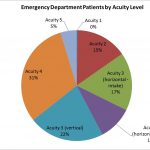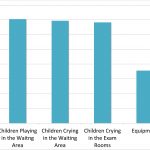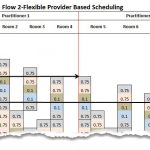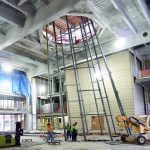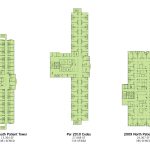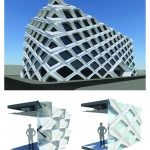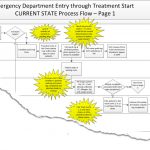
A large community hospital with over 100,000 emergency visits annually was challenged with reducing their patient waiting times, and decided to make some critical changes to their process in order to care for their patients. The hospital was certain that the lack of space was the primary cause of the problem, as all exam rooms... Read more »

